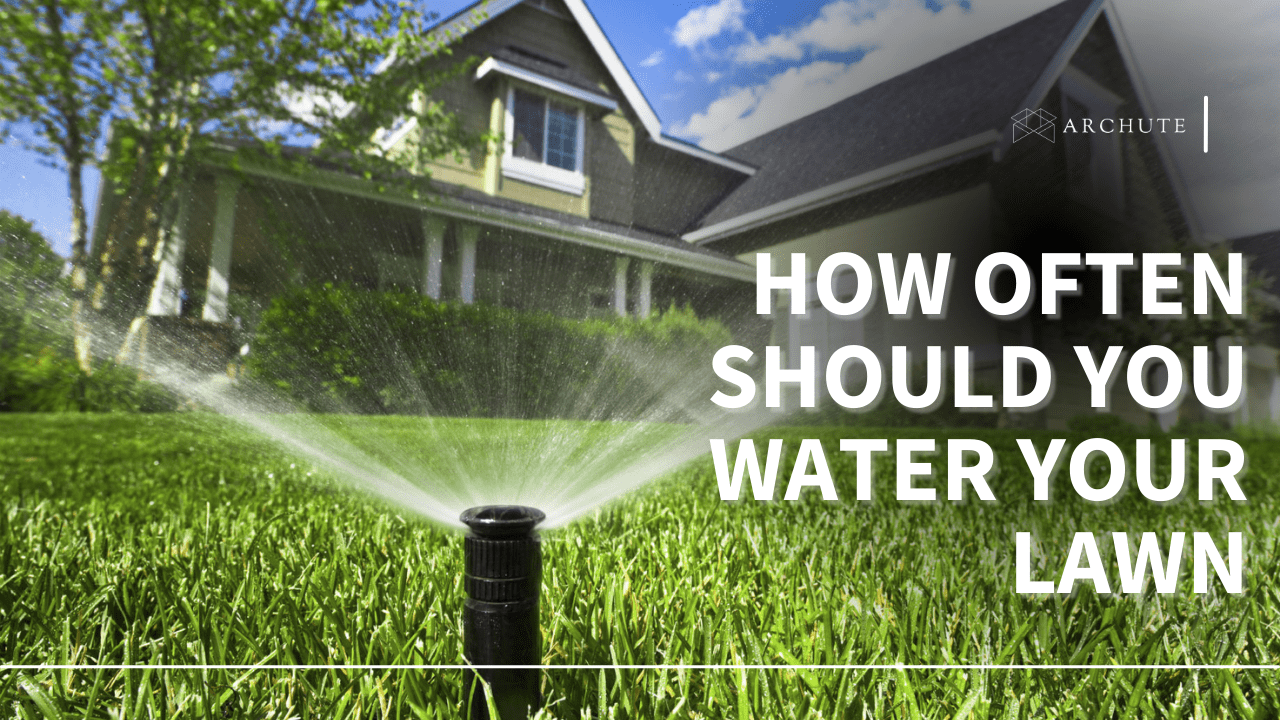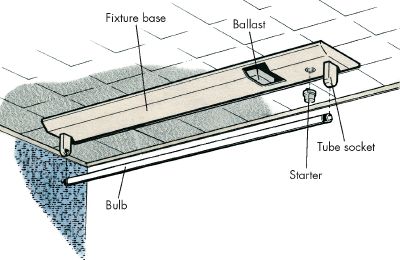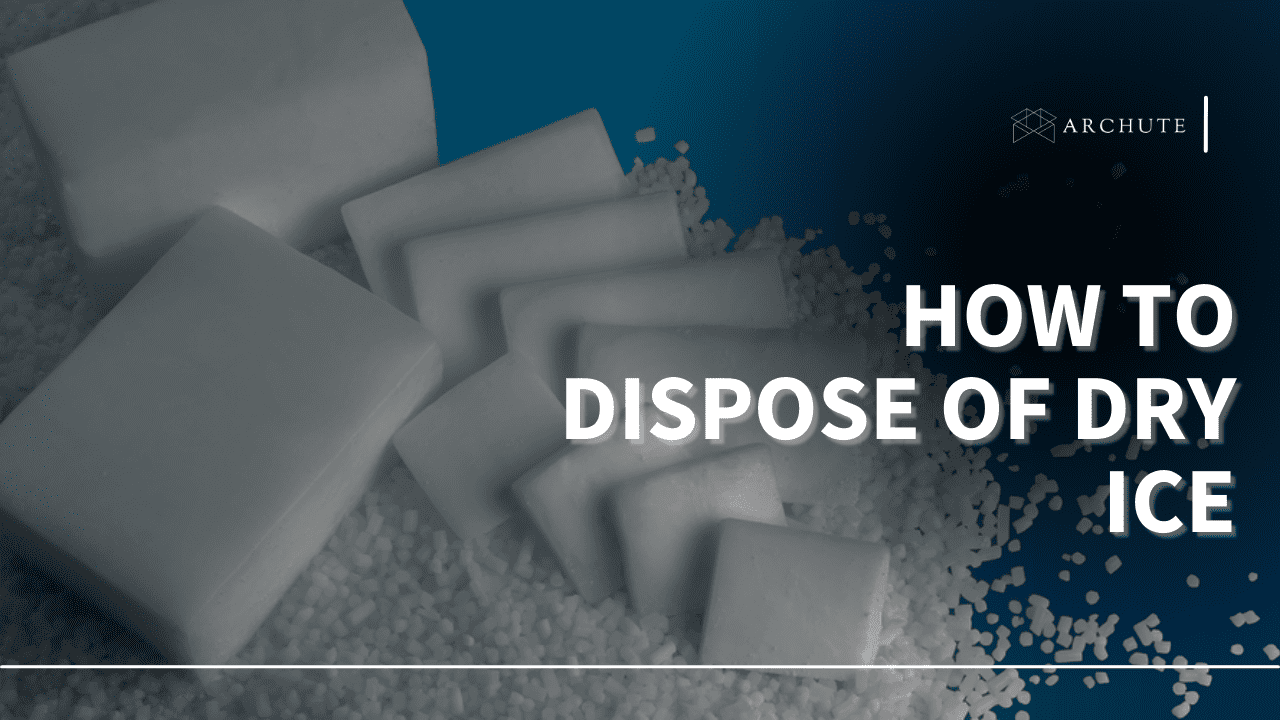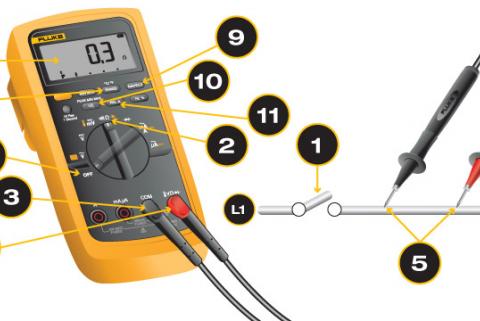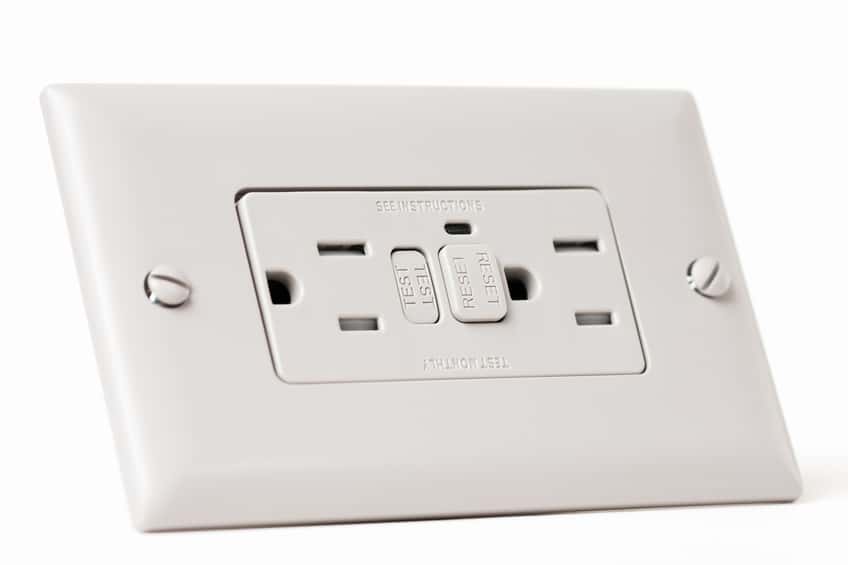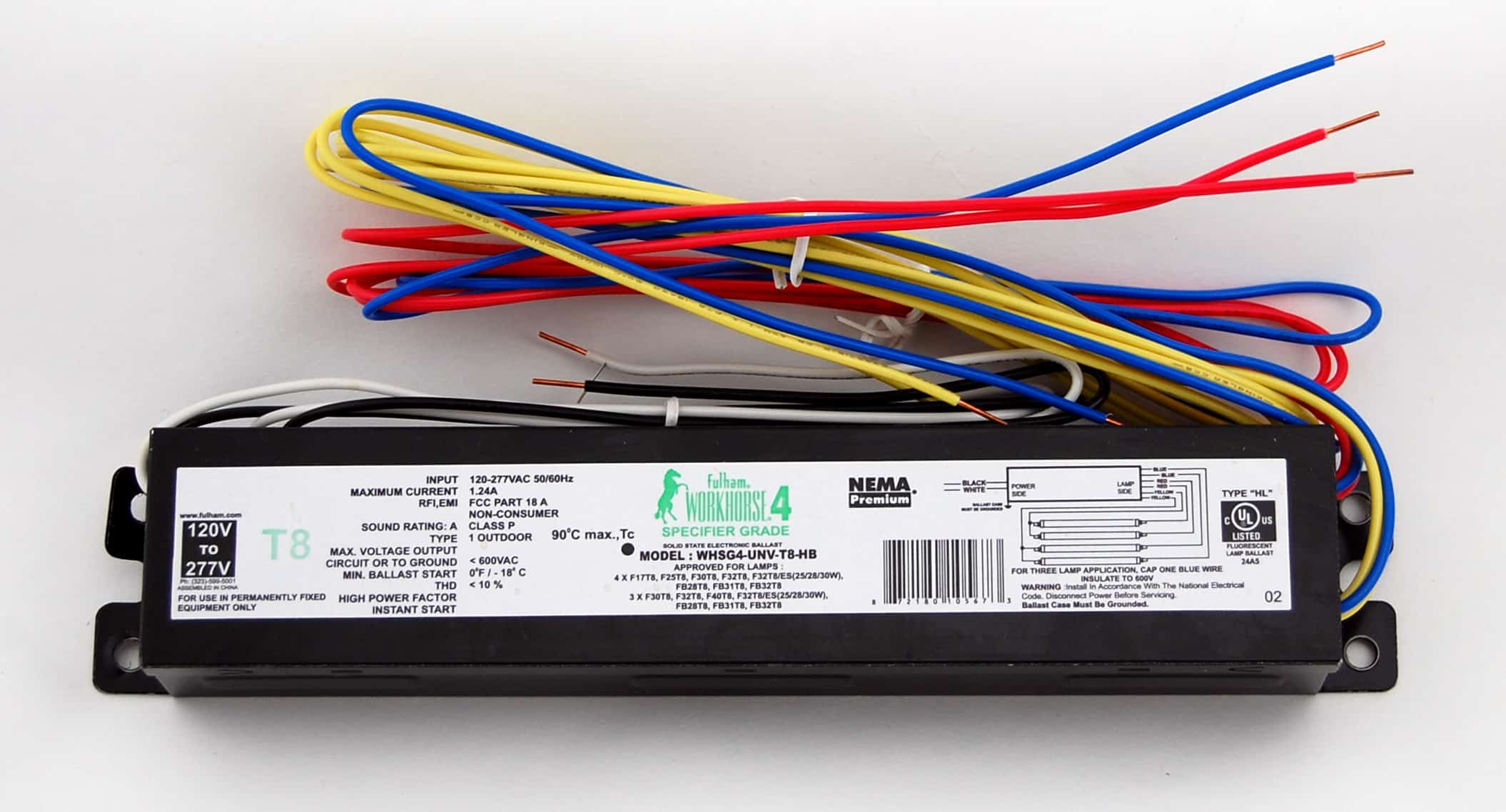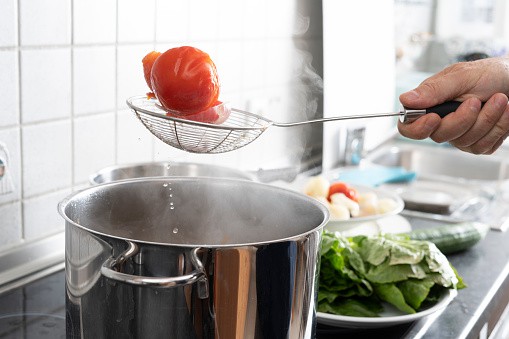People want to have the healthiest lawn that is the greenest in the block and the lushest. In this category? You are in the right place because you’ll get the answers you need for a great lawn here. So how often should you water your lawn? Read on to learn more!
This guide has a little of everything you need to know about how often you should water your lawn, when to water your lawn, and other essential watering tips for a hydrated and healthy lawn.
Watering Different Lawn Types
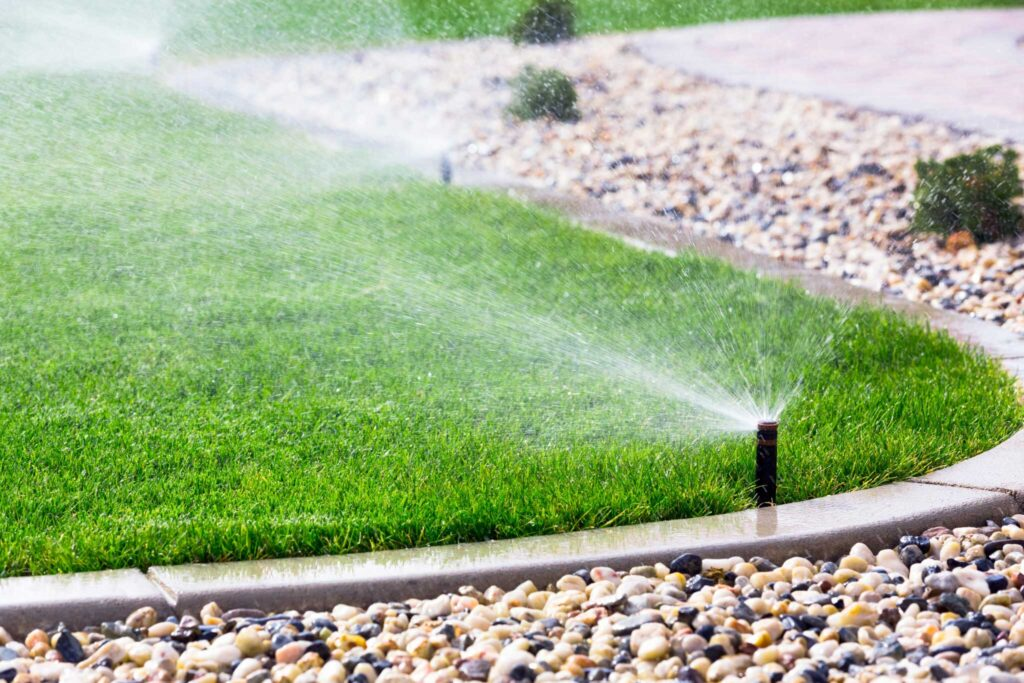
Image Credits: eppingwell.com
Different lawn types have different requirements when it comes to caring. It is, therefore, important to ensure that the lawn watering tips you follow are suitable for the type of grass you are growing. After all, it is easier to set the right watering schedule for your lawn after understanding your lawn type and its needs.
i). Warm-Season Grasses
Warm-season grasses grow best in hot weather when temperatures are as high as 80 degrees. And when temperatures drop during the day, their growth slows down. However, they need moisture for optimum health despite needing hot weather to grow. Therefore, it is important to continue watering your lawn throughout the growing season. Noteworthy, don’t fertilize warm-season grasses in fall; wait until spring begins to do so.
ii). Cool Season Grasses
Cool-season grasses like rye and fescue actively grow during the Fall season. The temperatures during this time ensure that moisture sits in the soil for longer than in the summer. You will still need to water your lawn at least weekly with an inch to an inch and a half of water. Fertilization is down in the fall; remember to water them after fertilizing so that the water washes the fertilizer down to the soil.
How Long Should You Water Your Lawn?
You should water the grass one inch per week, especially if you have healthy soil in your lawn. Water your lawn thrice weekly for about 20 minutes to achieve this measurement easily. Remember, good soil retains just the right amount of water for your grass while draining the excess. Therefore, be sure to check on the kind of soil you are dealing with because poor soil can work against your efforts.
How Often to Water Your Lawn
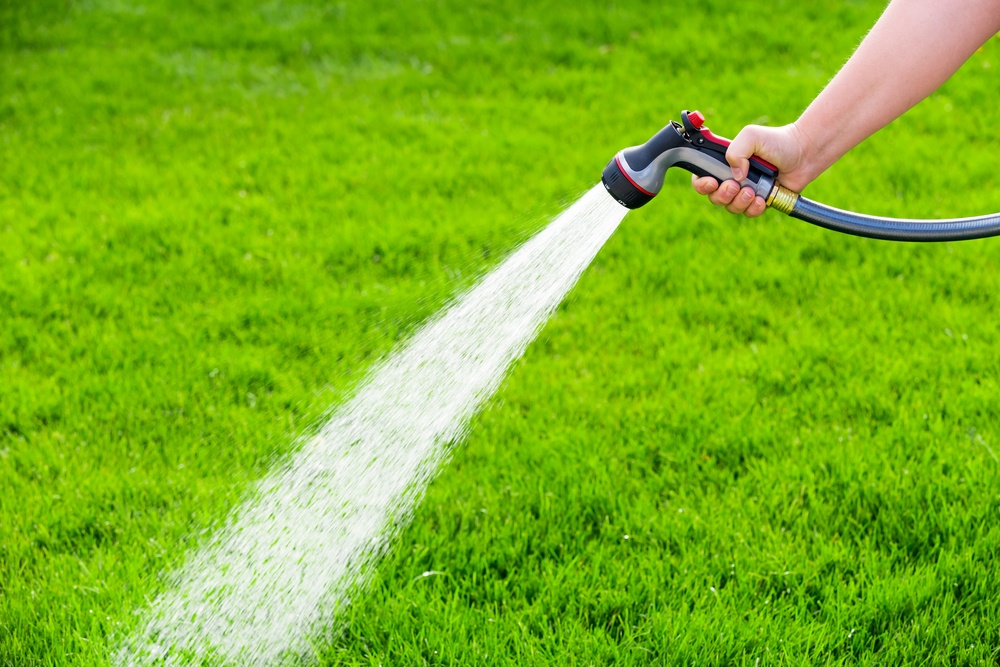
Image Credits:pristinephc.com
It is advisable to water your lawn per week rather than daily. Watering your lawn every day can result in shallow root systems. The issue with shallow roots is that they dry out too fast, weakening your lawn. Therefore, it is best to water infrequently but deeply to encourage the development of deep grass roots. Deep root systems are resilient to weather changes and diseases.
For a typical lawn, water it three times a week in the warm season and once or twice weekly in the cool season. Ensure that the total amount of water you provide your lawn is about one inch a week.
How to Tell if Your Lawn Has Been Watered Enough
Even after knowing when and how to water grass, you still have to determine whether or not your lawn is receiving enough water. The first thing to show you if the lawn is healthy is its appearance. If your lawn looks green and healthy, then it probably is. In other words, if it looks healthy, then stick to the lawn watering schedule you’ve had.
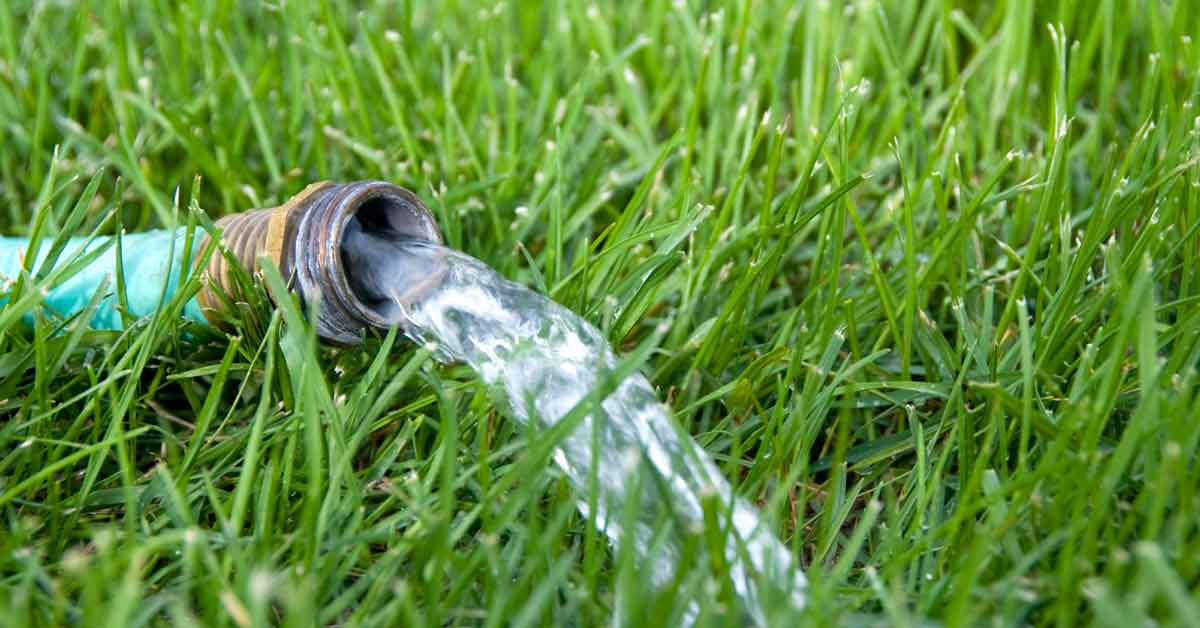
Image Credits: pennington.com
Secondly, you can also use a screwdriver to check if you’ve overwatered your lawn. Sink it into the grass and asses the ease at which it submerges. The lawn receives adequate water if it easily sinks to 7 inches. If you encounter difficulty, you must change how much water you’ve been providing the lawn.
Additionally, it is important to be conscious of the weather to help guide you on how much to water or fertilize the grass. Provide adequate organic fertilizer during Spring and Fall, but cut back when the rain keeps the soil consistently moist.
Ultimately, the most obvious indicator that you are overwatering your lawn is when you see mushrooms begin to grow. When you see mushrooms, reduce how much you water grass until the mushrooms disappear.
Typical Mistakes When Watering Lawns
Watering a lawn may seem like a walk in the park, but you can do so many things wrong. One lawn looks healthy and green, and another not as attractive, depending on the care that each owner shows the lawn. Fortunately, there are lawn watering tips that can help guide you away from mistakes commonly made when caring for a lawn.
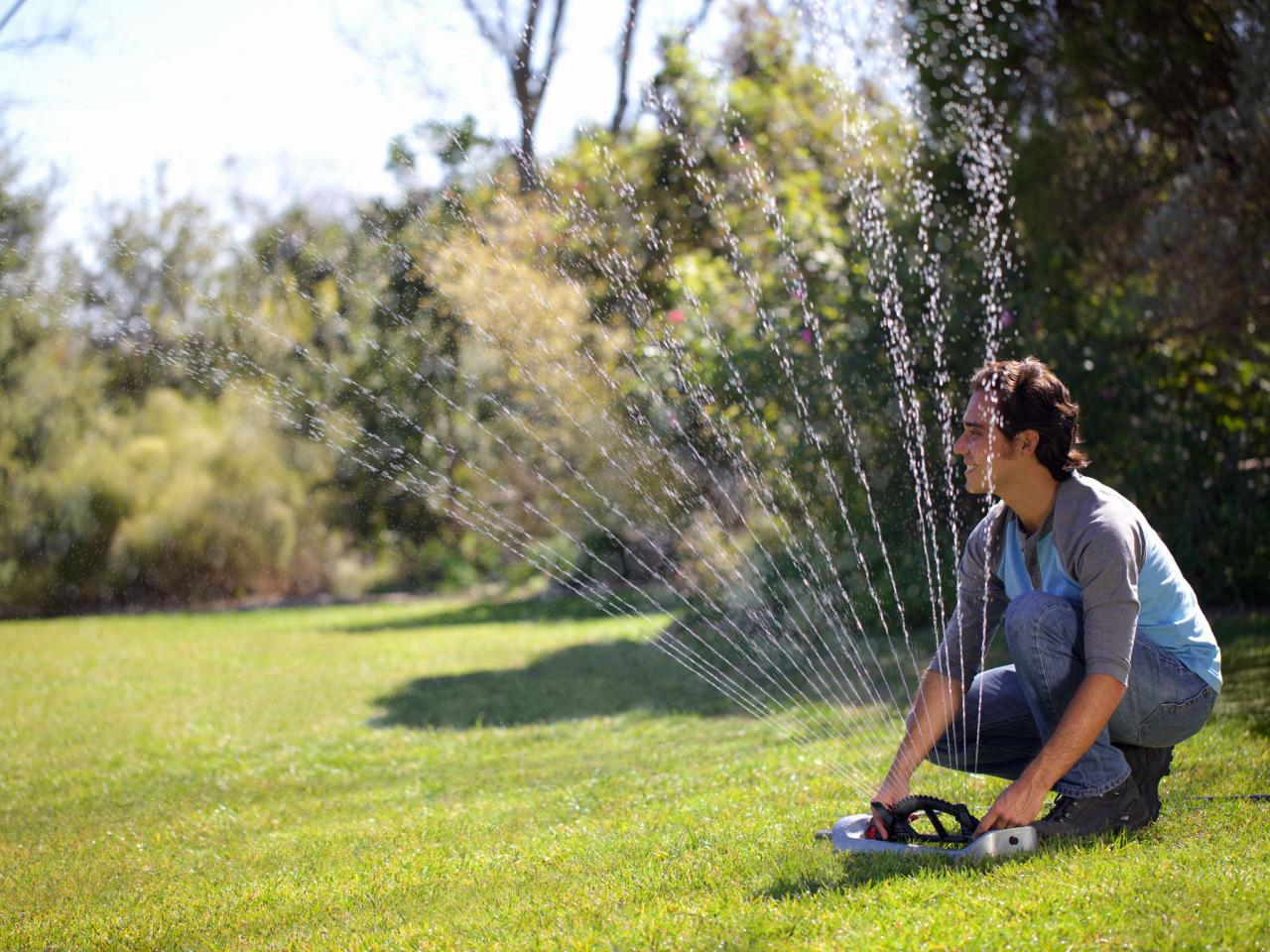
Image Credits: hgtv.com
Here are a few mistakes to avoid:
1. Any-Sprinkler You Get
There are numerous lawn varieties, so you can’t use the same tools for watering. Consider the area you want to water, the size of your lawn, and the shape of your lawn before purchasing any sprinkler. There is no such thing as one for all lawns; select what suits your lawn type best.
First, ensure that your lawn is measured or the area you want the sprinkler to work on. The measurement will help determine whether you need a small, medium-sized, or large sprinkler system.
The next thing to consider when buying a sprinkler is the shape of your lawn. Remember, a sprinkler should be able to cover the entire lawn effortlessly. So go for a sprinkler system that will effectively cater to your lawn regardless of how irregular the shape may be.
2. Ignoring The Needs of Your Grass
What your grass needs can differ from someone else’s lawn needs. For example, newly seeded lawns need gentle watering, whereas a fully grown and established lawn can handle a powerful spray. Research and understand the kind of grass you have on your lawn to ensure you are caring for it according to its specific needs. Additionally, you can invest in a good privacy fence to keep people off your lawn.
If you have cool-season grasses, fertilize and water them according to their specific needs. And if yours is warm season grasses, ensure that you comply with what they need to be healthy. Again, it is best to have a customizable sprinkler to provide you with an adjustable spray.
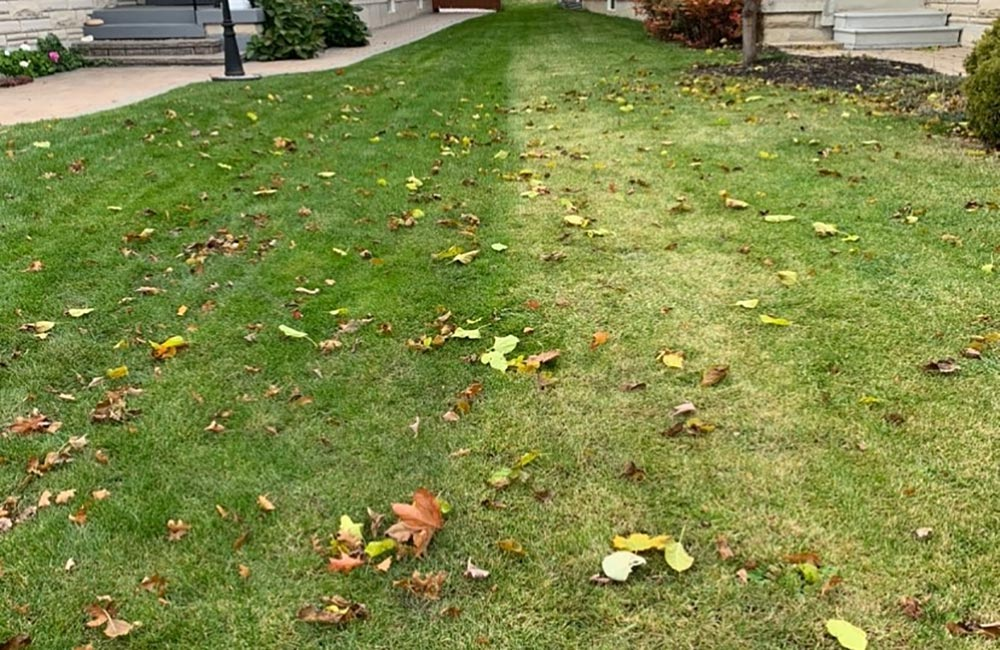
Image Credits: lawnmartinc.com
3. Watering the Lawn at the Wrong Time
Timing is very critical when it comes to watering lawns. Watering at the wrong time can damage grassroots and lead to an unhealthy lawn. It is best to water grass in the early morning hours – between 6 a.m. and 10 a.m.
Watering the lawn at midday is counterproductive; evaporation occurs at its peak during this time. Watering at nighttime can also be detrimental because water droplets cling to grass blades overnight and can easily lead to lawn diseases. Instead, invest in a watering system that allows setting time, frequency, and duration.
4. Watering the Wrong Amount
One of the most common problems that lawns have is overwatering. While having a regular watering schedule is important, daily watering is discouraged. Watering deeply but less frequently can help develop extensive root systems with the highest drought tolerance. On the other hand, shallow and frequent watering can easily lead to different problems, such as lawn diseases, insect infestation, and root damage.
Watering Your Lawn Automatically
Watering your lawn with an automatic sprinkler is very helpful and effective. However, there are important factors you should consider, like; the shape of your lawn, how large the area you want to cover is, and how much water you will need.
All these factors will help you pick the best sprinkler for your lawn type. Below are a few sprinklers you can use depending on the grass growing on your lawn:
1. In-Ground Sprinklers
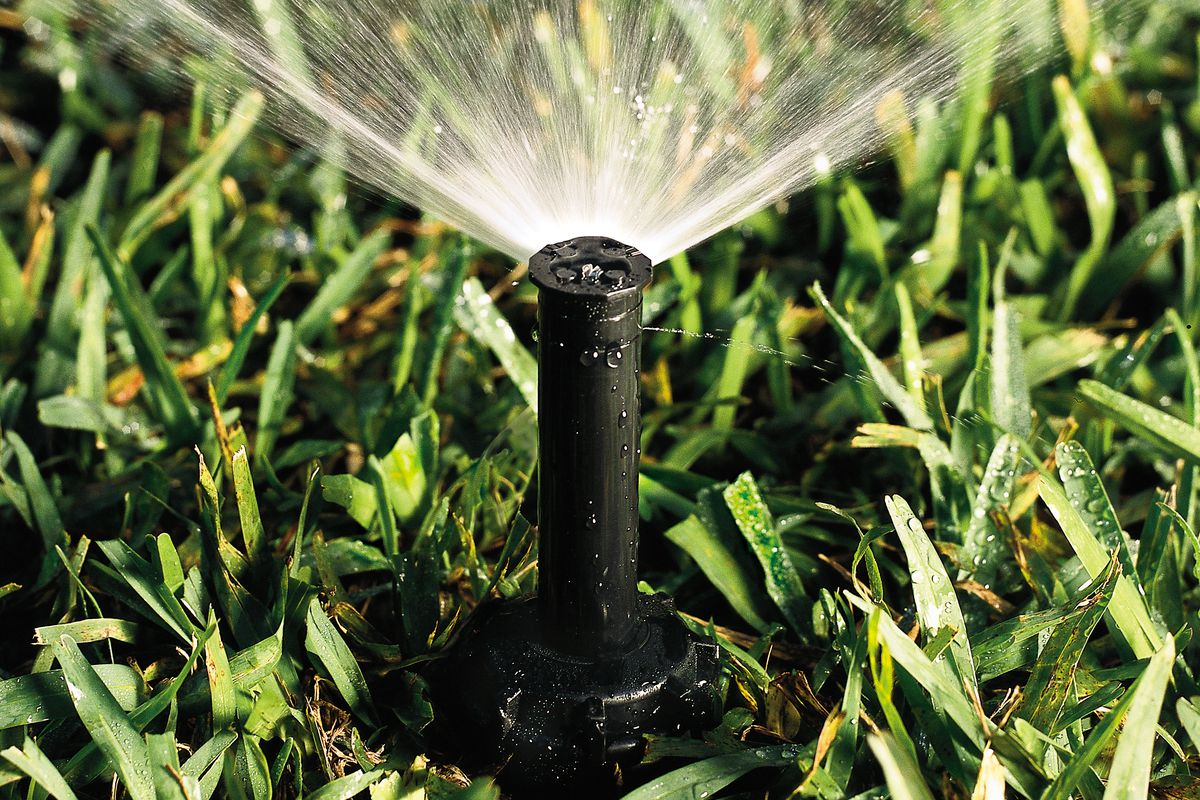
Image Credits: thisoldhouse.com
In-ground sprinklers are very efficient and precise in watering the lawn. They offer an adequate sprinkler flow rate, with the head popping up to water and popping right back down after watering.
2. Pulsating Sprinklers
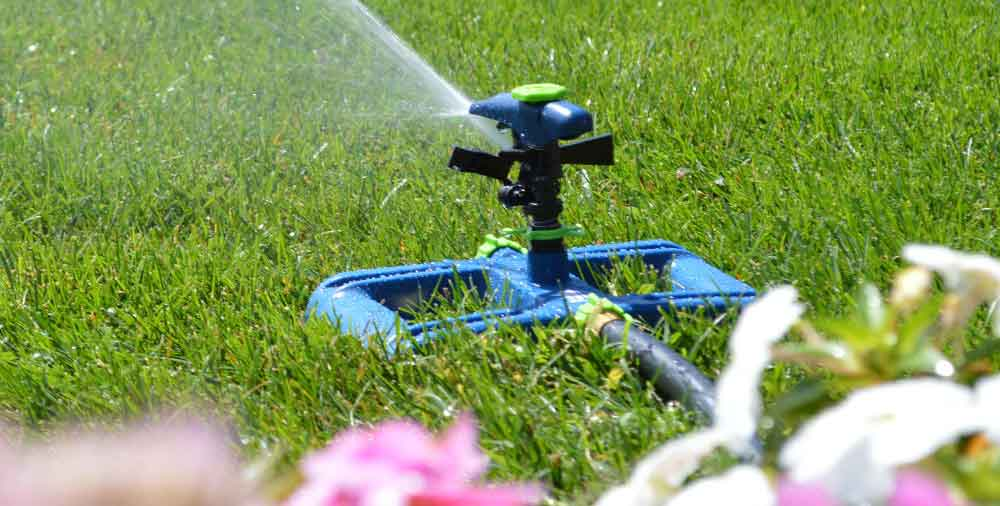
Image Credits: raypadula.com
Pulsating sprinklers are a great option for large lawns. Such sprinklers horizontally shoot out powerful streams of water that can easily cover a large lawn. However, while these sprinkler heads are great for mature lawns, they may not benefit a lawn with newly planted grass seeds.
3. Oscillating Sprinklers
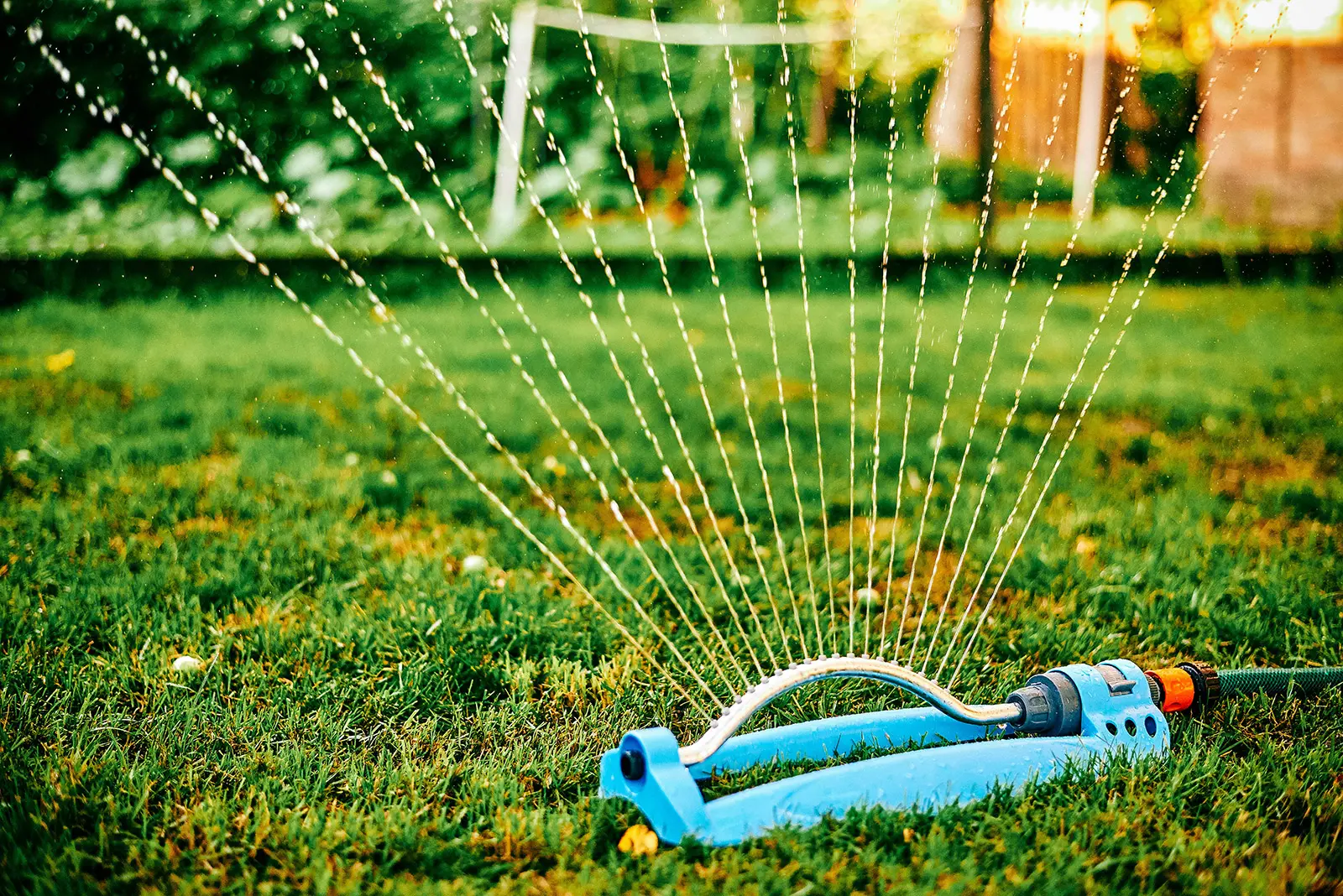
Image Credits: gardenbetty.com
The oscillating sprinkler is a perfect alternative for newly seeded lawns that require gentle watering to facilitate seed germination. And while the spray is not too powerful, it offers sufficient water in every inch of your lawn’s square footage.
The design gives these sprinklers good coverage due to their oscillating metal arm. The metal arm moves back and forth, covering every square foot of your grass. Compare some of the best oscillating sprinklers that are easily adjustable and get optimum benefits.
4. Hose-End Sprinklers
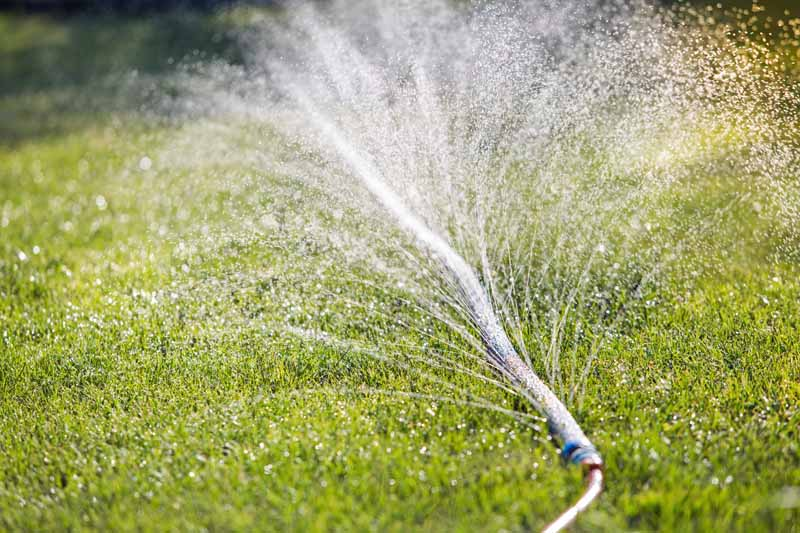
Image Credits: gardenerspath.com
Hose-end sprinklers are one of the most common sprinklers around. However, they vary depending on need and size. These sprinklers are connected to a garden hose, bringing water to the area you need to water. While they can spray water effectively, they need regular adjusting to ensure every inch of grass is well watered.
Frequently Asked Questions
1. Can you water your lawn too much?
Overwatering means keeping the soil moist and saturated with water, eventually suffocating the grass and killing beneficial bacteria. Instead, you should water just grass enough to allow oxygen, healthy bacteria, and grass nutrients to develop for healthy well-cultivated soil.
2. How deep do grassroots grow?
Depending on the variety of grass on your lawn, the depth of grassroots differs. However, most lawns have roots pretty close to the surface, and only a few well-established lawns have roots as deep as 3 feet.
3. Should you water the grass after mowing?
Regular mowing is good for healthy lawns, but it is important to always water grass after you are done. When you water your grass after mowing, you not only enable water to penetrate deep in the soil, it helps prevent wet grass from clumping and clogging your lawn mower.
4. How do I know if I have overwatered my lawn?
If after you have watered the lawn, it makes squishing sounds hours after you watered, then most likely you overwatered.
Conclusion
Watering your lawn can be a manageable task. But, with the right tips and tricks, you can turn your lawn from a dull-looking area to a decent, healthy place. Plus, the vibrant green lawn will be well worth your care and attention. Invest in the best sprinkler that can keep your lawn flourishing and green.
Featured Image Credits: lawndoctor.com

